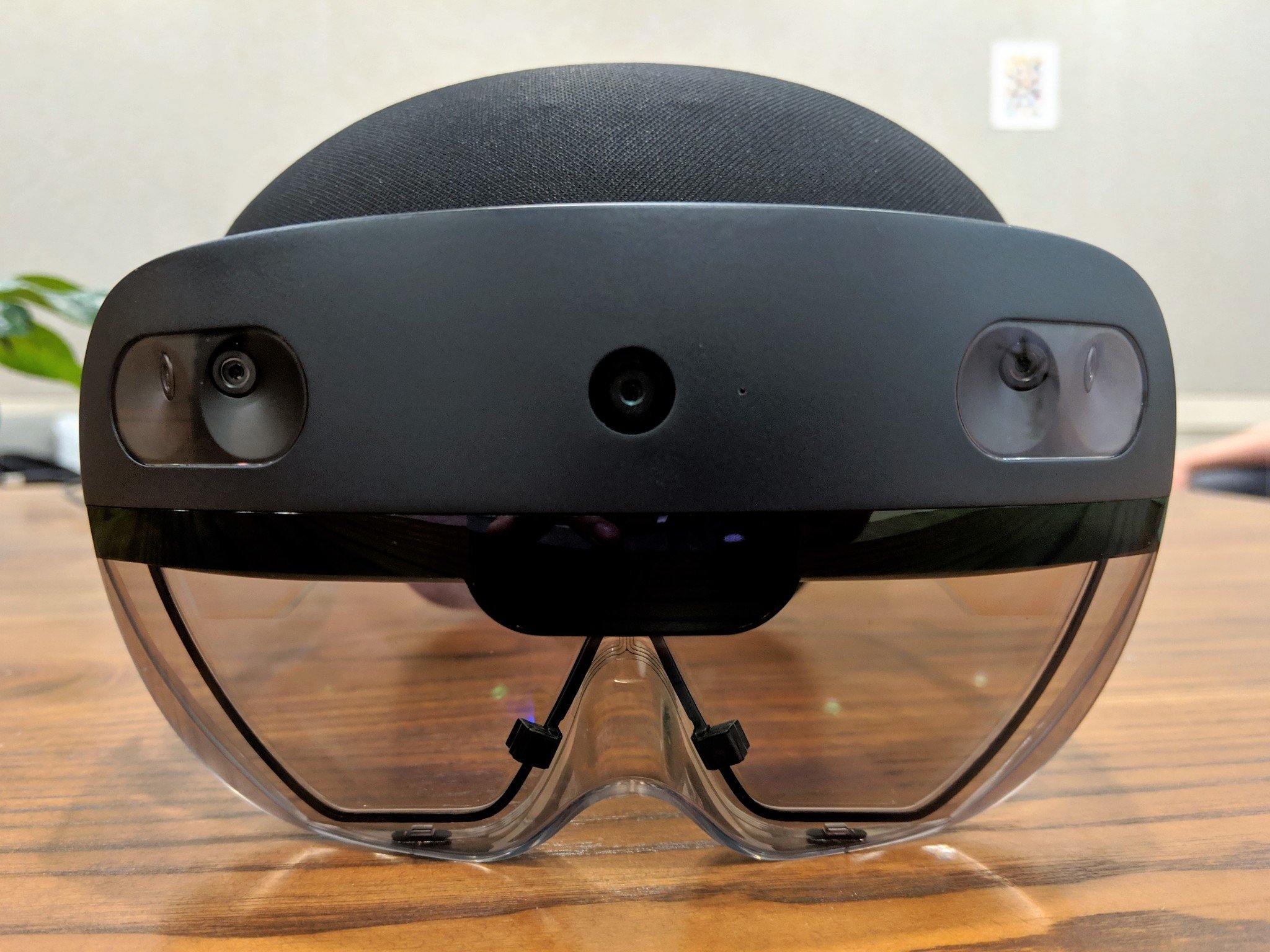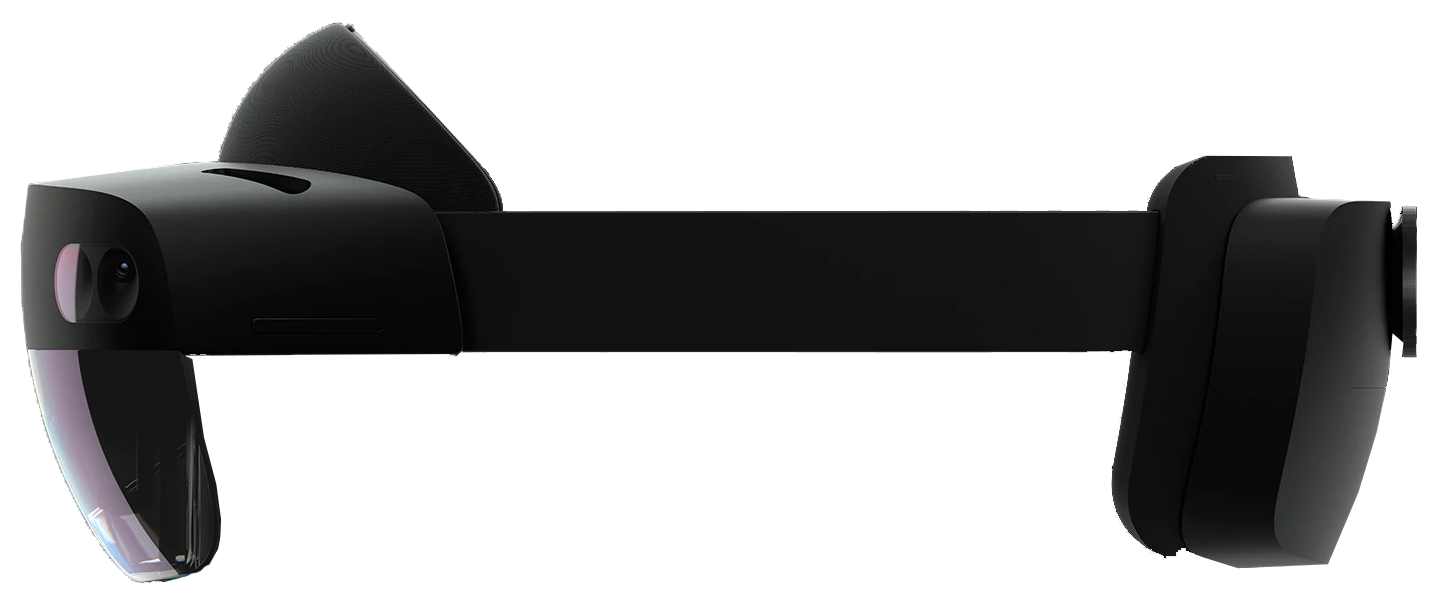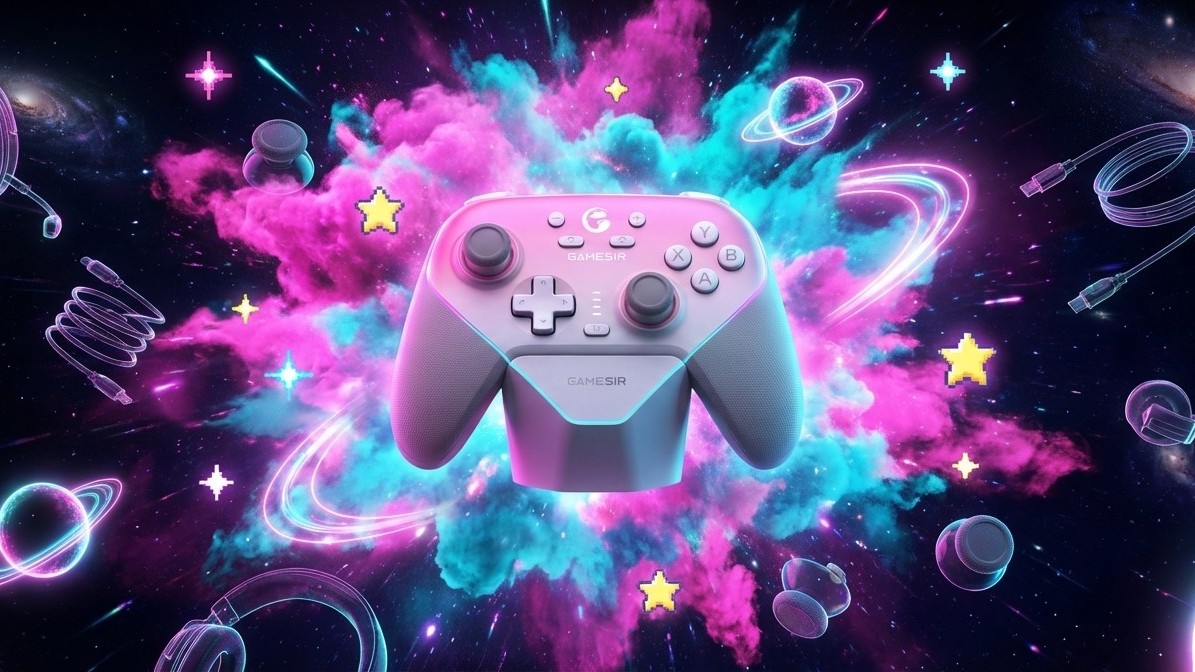HoloLens 2 is 'helpful, time-saving, and fun' for people working on Orion spacecraft
The Hololens 2 is saving time during the development of spacecraft for long-distance travel.

What you need to know
- Lockheed Martin and ASRC Federal Data Solutions are using Hololens 2 headsets to create spacecraft.
- The HoloLens 2 enables people to complete tasks in 90 percent less time than traditional methods.
- The Artemis program will land the first woman and the next man on the Moon.
Several companies are using the HoloLens 2 to develop spacecraft for long-distance travel. As part of the Artemis program, Lockheed Martin is using the HoloLens 2 to build spacecraft for Artemis II, the first crewed mission on Orion. People have been able to accomplish tasks in 90 percent less time than using traditional methods, saving weeks of work. NASA discusses the use of the HoloLens 2 in a recent post.
Lockheed Martin is the lead contractor for NASA's Orion spacecraft, and ASRC Federal Data Solutions is a subcontractor working on the project.
Mary Lakaszcyk, a technician with ASRC Federal Data Solutions, uses the Hololens 2 for several tasks, including placing tape in locations where technicians will install parts of the Orion's crew module adapter. The HoloLens 2 uses augmented reality to allows people to illustrate plans and ideas in 3-D rather than on flat screens or diagrams. Lakaszyck says, "I honestly cannot express how helpful, time-saving, and fun, the AR goggles are to use," adding, "For something we are used to doing in at least a week's time, or eight to 12 shifts, we were able to complete in one shift."
Lockheed Martin started using augmented reality in 2017, including working on the Orion that will fly on Artemis I.
NASA has seen similar benefits through the HoloLens 2. Carlos Garcia, NASA crew module adapter assembly, says, "For the crew module adapter effort, using this technology for locating click bonds for securing harnesses equated to up to a three week savings."
People will use AR devices to place several components on the Orion, including critical components like the crew module and the heat shield for Artemis II.
Hands-on with HoloLens 2 and its Windows Core OS
All the latest news, reviews, and guides for Windows and Xbox diehards.
By using augmented reality, people don't have to interpret flat designs and instructions into a three-dimensional reality. Shelley Peterson specializes in augmented reality at Lockheed Martin. Peterson states that "Across four sites, we use augmented reality to complete spacecraft manufacturing activities in 90% less time than with traditional methods. For example, an activity that normally takes 8 hours could be completed in 45 minutes."
Microsoft's HoloLens 2 builds off the foundation of the first-generation HoloLens, but is lighter and more comfortable. As a result, it's more feasible for longer periods of work. It also has eye-tracking, which improves holographic apps.

HoloLens, but better
HoloLens 2 takes everything that made the original great and turns it up to 11. With a new carbon-fiber body, extra padding, eye tracking, and a wider field of view, the headset should have no problem finding success among developers and firstline workers.

Sean Endicott is a news writer and apps editor for Windows Central with 11+ years of experience. A Nottingham Trent journalism graduate, Sean has covered the industry’s arc from the Lumia era to the launch of Windows 11 and generative AI. Having started at Thrifter, he uses his expertise in price tracking to help readers find genuine hardware value.
Beyond tech news, Sean is a UK sports media pioneer. In 2017, he became one of the first to stream via smartphone and is an expert in AP Capture systems. A tech-forward coach, he was named 2024 BAFA Youth Coach of the Year. He is focused on using technology—from AI to Clipchamp—to gain a practical edge.
